Stance Orthodox Height 1.68 m Rated at Super Featherweight Name Kid Chocolate Martial art Boxing | Reach 165 cm (65 in) Role Boxer Division Super featherweight Died August 8, 1988, Cuba Total fights 152 | |
 | ||
Real name Eligio Sardinas Montalvo Similar People Peter Quillin, Daniel Jacobs, Andy Lee, Gabriel Rosado, Kid Gavilan | ||
Peter quillin aka kid chocolate explains why boxers can t have sex before a fight
For the boxer of the same nickname see Peter Quillin.
Contents
- Peter quillin aka kid chocolate explains why boxers can t have sex before a fight
- The excellence of kid chocolate
- Biography
- Taking the World Jr Lightweight Championship
- Losing the World Jr Lightweight Title to Frankie Klick
- Later years and legacy
- References
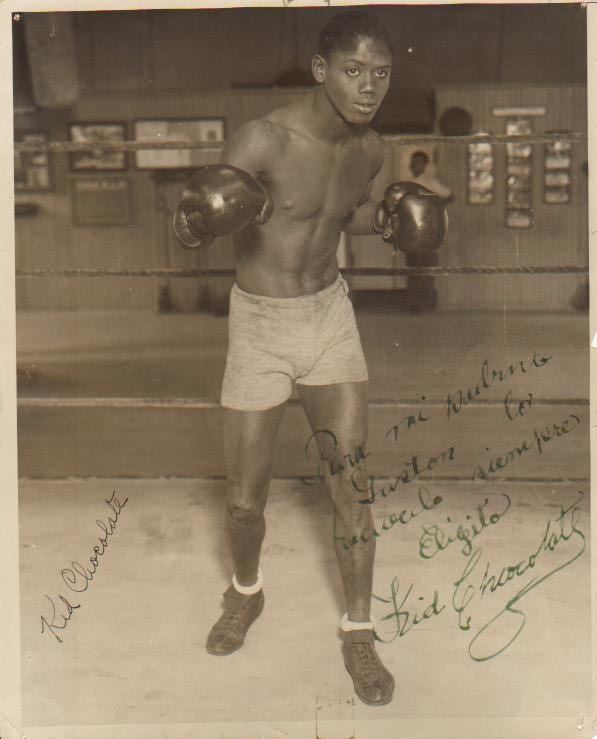
Eligio Sardiñas Montalvo (January 6, 1910 – August 8, 1988), better known as Kid Chocolate, was a Cuban boxer who enjoyed wild success both in the boxing ring and outside of it during the 1930s.
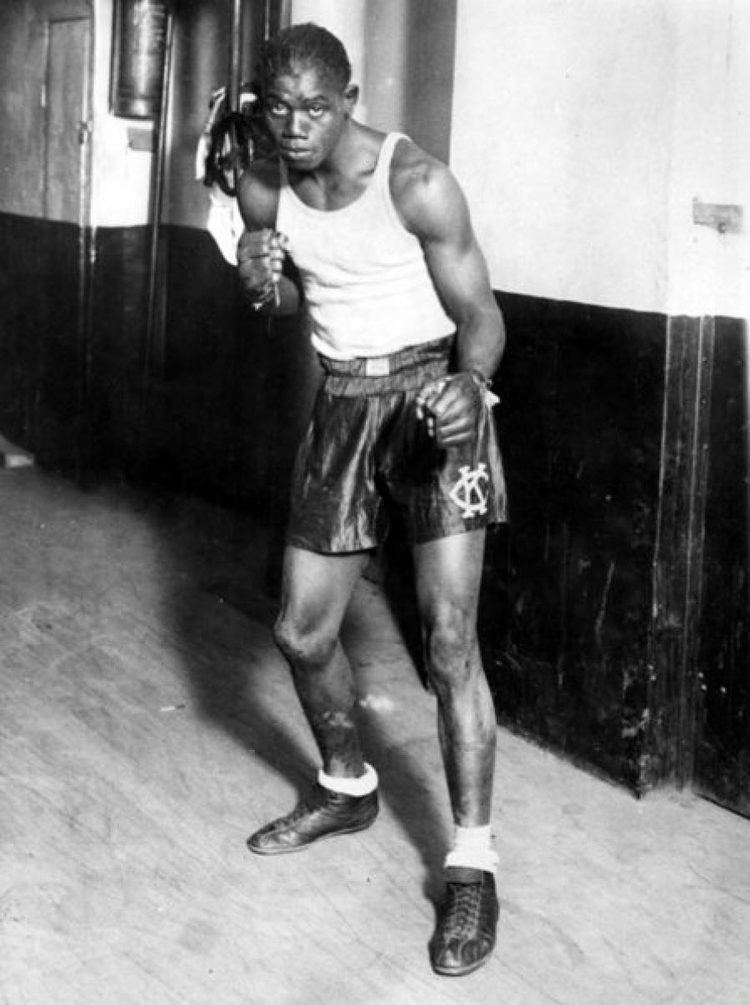
The excellence of kid chocolate
Biography
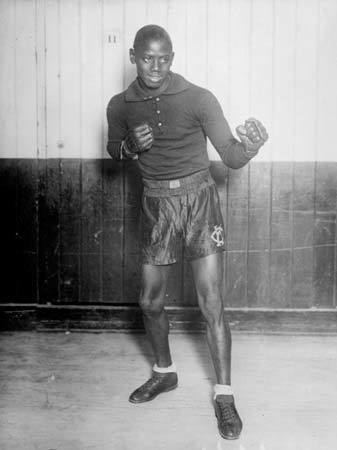
Sardiñas, also nicknamed The Cuban Bon Bon, learned how to fight by watching old fight films in Cuba. He later sparred with boxers such as Benny Leonard and Jack Johnson, all world champions, before beginning an amateur boxing career. As an amateur, he allegedly won all 100 of his fights, 86 by knockout, but this record was apparently fabricated for publicity purposes.
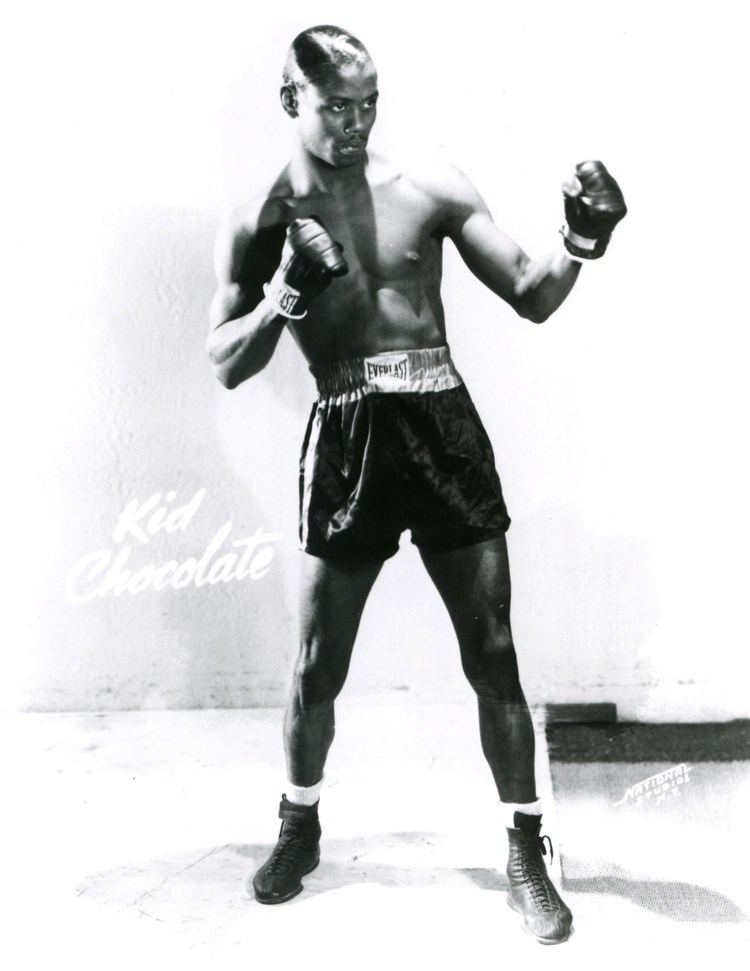
His professional boxing debut, officially, occurred on December 8, 1927, when he beat Johnny Cruz in six rounds in Havana. Although it has been claimed that he had 100 amateur fights and 21 KO wins as a pro in Cuba, this was a fabrication by his manager, Pincho Gutierrez.

Research by boxing historian Enrique Encinosa has uncovered 22 amateur bouts, verified through Cuban newspapers Diario de la Marina and La Noche, as well as various books published by biographers or the Cuban government.
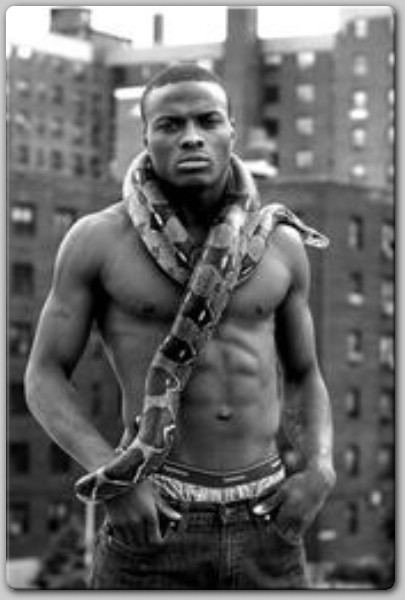
His first 9 bouts, including a five-round knockout win in a rematch with Cruz, were held in Cuba. In 1928, he moved to the United States and began campaigning in New York City. He won his first nine bouts there, five by knockout, and 12 of his first 13 fights in his new hometown. The only person to escape the ring without a defeat against Chocolate during that span was Joey Scalfaro, who held him to a ten-round draw.
By 1929, Sardiñas was becoming a name to be reckoned with in boxing. He had 23 fights that year, and continued his undefeated run by winning each of them. He also began to box more competent opponents. Among the boxers he defeated were former world champion Fidel LaBarba (beaten by a decision in ten), future world champion Al Singer (also by a decision in ten), and fringe contenders Bushy Graham, Vic Burrone and Gregorio Vidal, all of whom, except for Graham, were beaten by decision. Graham was disqualified in the seventh round.
In 1930, he beat Burrone twice again, as part of his first seven bouts that year, all of which he won. In his eighth fight of 1930 he faced future world Jr. Welterweight champion Jackie Kid Berg, who ended Chocolate's undefeated record by beating him in ten rounds. After three more fights, which resulted in two first-round knockout wins and a decision loss in a ten-round rematch with LaBarba, Chocolate found himself in the ring with world Featherweight champion Christopher Battling Battalino. Trying to become Cuba's first world boxing champion ever on that night, Chocolate lost a 15-round decision.
Taking the World Jr. Lightweight Championship
After going up in weight class to the Junior Lightweight division, he started 1931 by winning four fights in a row. Then, on July 15, his dream of becoming Cuba's first world boxing champion finally came true, as he knocked out the defending world Junior Lightweight champion Benny Bass in seven rounds to take the world title. Five non-title wins followed, including a first-round knockout in a rematch with Scalfaro. He finished the year by going up in weight once again, and challenging world Lightweight champion Tony Canzoneri, losing by a decision in 15 in his first attempt to gain the Lightweight crown.
He started 1932 by winning his first eight bouts, including a world title defense in Havana against Davie Abad, beaten in 15 by decision. Then, he faced "Kid" Berg in a rematch, losing again, this time by decision in 15. He engaged in seven more bouts, including two decision wins over Johnny Farr, before fighting Lew Feldman on October 13. The fight was recognized as a world Featherweight title bout, but only by the New York state athletic commission. Chocolate won by a knockout in 12 rounds, gaining the New York World title.
He defended that world title twice, including a third fight with LaBarba, before relinquishing it while in the middle of a European boxing tour that took him to Madrid, Barcelona and Paris. He won all of his fights on that tour by decision. Upon returning to America, he lost by a knockout in two in a rematch with Canzoneri,
Losing the World Jr. Lightweight Title to Frankie Klick
Before a crowd of 4,000, the Kid lost the World Jr. Lightweight boxing champion to Frankie Klick, on December 25, 1933 at the Arena in Philadelphia, Pennsylvania, in a seventh-round technical knockout. The Ludington Daily News, wrote "The flashy Cuban "bon bon" (Chocolate) was bereft of the title in the seventh round of a scheduled fifteen round Christmas Day bout by a whistling right smash to the chin and all he got in exchange was the second knockout of his career although the latest was of the technical variety." The bout had been fairly close until the seventh with Chocolate showing stamina and style. The seventh round had gone two minutes and fifty-eight seconds when the knockout occurred. "The Cuban waged a fast, aggressive fight in the early rounds that gave him a temporary lead." Chocolate had landed rights "to the head and body." Kid Chocolate may have been suffering from the knockout he had received from Tony Canzoneri only a month previously. Chocolate retained his featherweight championship at least in the state of New York. After that fight, it was revealed that he was suffering from syphilis.
Later years and legacy
He retired shortly thereafter, but came back in 1934. He won 47 of his next 50 bouts. He never received another world title attempt and felt abandoned by boxing's elite. He retired again in 1938. Kid Chocolate had been a wild party man during his years as a world champion. He was a boxer who enjoyed the city's nightlife. However, when he stepped out of boxing, he went back to Cuba and lived a quieter life.
From 1959, Chocolate's fame in Cuba was overlooked by Fidel Castro and his revolutionary forces, and he almost became a forgotten champion. But, by the late 1970s, Chocolate's achievements were finally recognized by the Cuban government, who gave him a small pension. Chocolate died in his own home -bought for his mother when he was champion- in 1988.
His record was 135 wins, 10 losses and 6 draws, 51 wins coming by knockout and one no-decision bout, also making Ring magazine's list of boxers with 50 or more career knockout wins. He became a member of the International Boxing Hall Of Fame alongside Bass, Berg and Canzoneri.
He was the inspiration for the character Chocolate Drop in Clifford Odets' play Golden Boy.
Former WBO middleweight champion Peter Quillin, an American of Cuban descent, carries the nickname "Kid Chocolate" in honor of Sardiñas.
The highly acclaimed greatest pound for pound boxer of all time Sugar Ray Robinson was a big fan of Kid Chocolate and incorporated a lot of Chocolate's boxing style into his own: "Sugar Ray Robinson was a great admirer of Kid Chocolate," said Fausto Miranda, a former Cuban journalist who covered many of Chocolate's fights. Sugar Ray Robinson, went on record saying that he had never seen anyone box like Kid Chocolate before. Robinson studied the Chocolate style and incorporated much of his slick movement and graceful flair into his own boxing style. Robinson in many ways was a combination of his boxing idols Joe Louis and Kid Chocolate. He mixed the concentration, masterful combinations and power punching of Louis with the stylish movement and balance of Chocolate.
